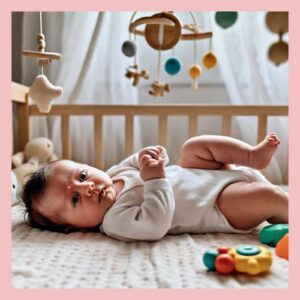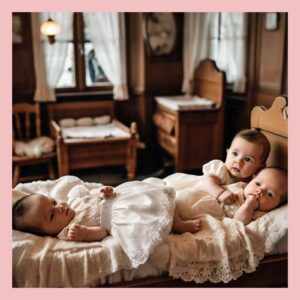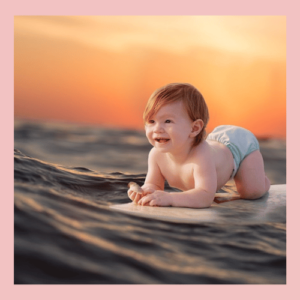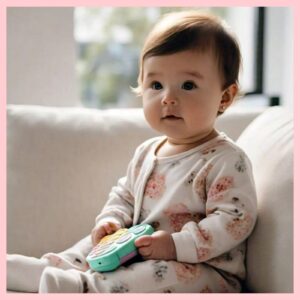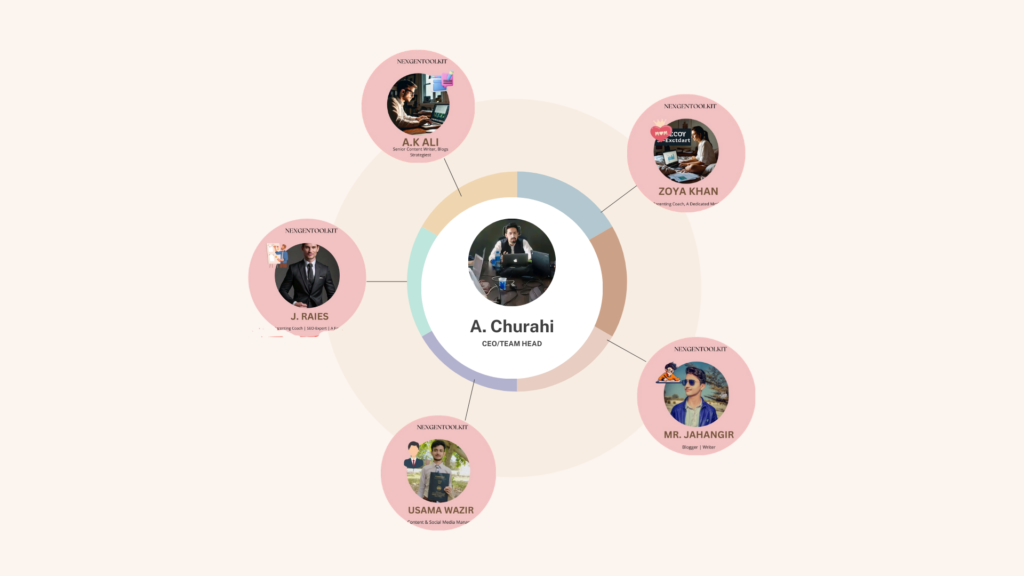Proper dressing of babies is very essential to ensure that they are comfortable with the prevailing weather conditions. During such weather conditions, for instance, 60 degrees Fahrenheit (15. 5 Celsius), it becomes ambiguous to provide adequate warmth when dressing. Here’s a comprehensive guide to help you dress your baby for 60-degree weather: Here’s a comprehensive guide to help you dress your baby for 60-degree weather:
You can also like This Classes For First-Time Parents

Understanding 60-Degree Weather :
- Mild weather for the adults can be 60 degrees but for the babies especially when they are still developing their thermoregulation system, then 60 degrees is very uncomfortable. When dressing your baby it’s advisable to account for factors such as wind, humidity, and the amount of time the baby will be outdoors.
CLOTHING LAYERS
Base Layer:
- This is because they are comfy and made of mostly cotton which makes them breathable starting onesie/bodysuit. This layer also acts as an insulating layer to the body to help control the temperature of the body besides helping to absorb sweat.
Mid Layer:
- Based on the temperature change during the day, put on a slightly more substantial layer of clothing like a sleeved shirt or a light sweater. Choose fabrics such as cotton or fleece to knit because they are warm without causing sweat.
Outer Layer:
- Having a lightweight jacket or a hoodie is recommended especially because activities in the yard may happen in the early morning or the evening. Select a wind-blown fabric to protect your baby from the cold winds.
CHOOSING BOTTOMS
Pants or Leggings:
- Cotton or fleece pants or leggings that are not tight fitting and can stretch are some of the most suitable. For example, thick pants such as jeans or any other material that hugs the body or limits the kids’ movement.
Socks:
- Make sure your baby wears breathable and preferably cotton socks to retain the baby’s feet heat. Hiking in very cold weather will require the use of slightly thicker socks, or booties.

FOOTWEAR
Shoes or Booties:
- When going out, take footwear that is comfortable and warm, though not very compressing – the best would be soft-soled shoes or booties.
ACCESSORIES
Hat:
- One should wear a hat that drags over the ears yet is very light so that body heat can be conserved. Select the hats that would be made from soft fabrics such as cotton fleece.
Mittens:
If you stand a chance of losing your baby’s grip if it is very windy or if your baby has the tendency to scratch their face, soft mittens will prevent your baby’s hands from going cold or scratching their face.
CONSIDER TIME OF DAY:
Morning and Evening:
The weather may be slightly cooler at these times, so it is advisable to dress your baby in layers of clothing that can be successively removed or put on as the case may be.
Afternoon:
- Warmer temperatures may be the case and you should ensure that your baby is not too warm, if that is the case, then the clothing should be altered.
INDOOR VS OUTDOOR DRESSING:
Indoors:
- Maintain indoor temperatures moderate so that they are slightly lower than the outdoor temperatures to prevent your baby from overheating if dressed in layers.
Outdoors:
- For each type of activity, dress up your baby properly in terms of layers so that the baby can be protected from the ill effects of any cold winds or changes in temperature.

SIGNS OF COMFORT:
Touch Test:
- Check your baby’s neck or back to see whether he/she is sweating or feeling too cold. Do it according to your observation of your subject’s attire.
Behavioral Cues:
- Look for such signs as fussing or continuous crying because such signs are signs that your baby is either too hot or too cold.
FINAL TIPS:
Monitor Weather Changes:
Weather differs at times of the day therefore it is advisable to prepare your baby’s outfit to be adaptable.
Comfort is Key:
- Do not over-stress about the looks but ensure your baby is comfortable. Make sure that they put on comfortable, loose garments that do not hinder motion and are made of natural fabric.
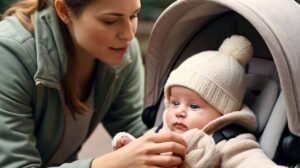
CONCLUSION :
There’s no need to dress your baby for 60-degree weather, instead, layering and the best interest of the baby is all that is needed. When you follow these and always observe their reaction to the environmental conditions, you will be able to dress up your little one adequately for different weathers and ensure that they are warm and comfortable. Please keep in mind that every baby is unique, and thus, it helps to adjust these rules to the needs and desires of your baby. Here are clothes that will help make you comfortable while engaging in outdoor activities and make your baby comfortable as well.
You can also like This Creative DIY Ideas for Styrofoam

